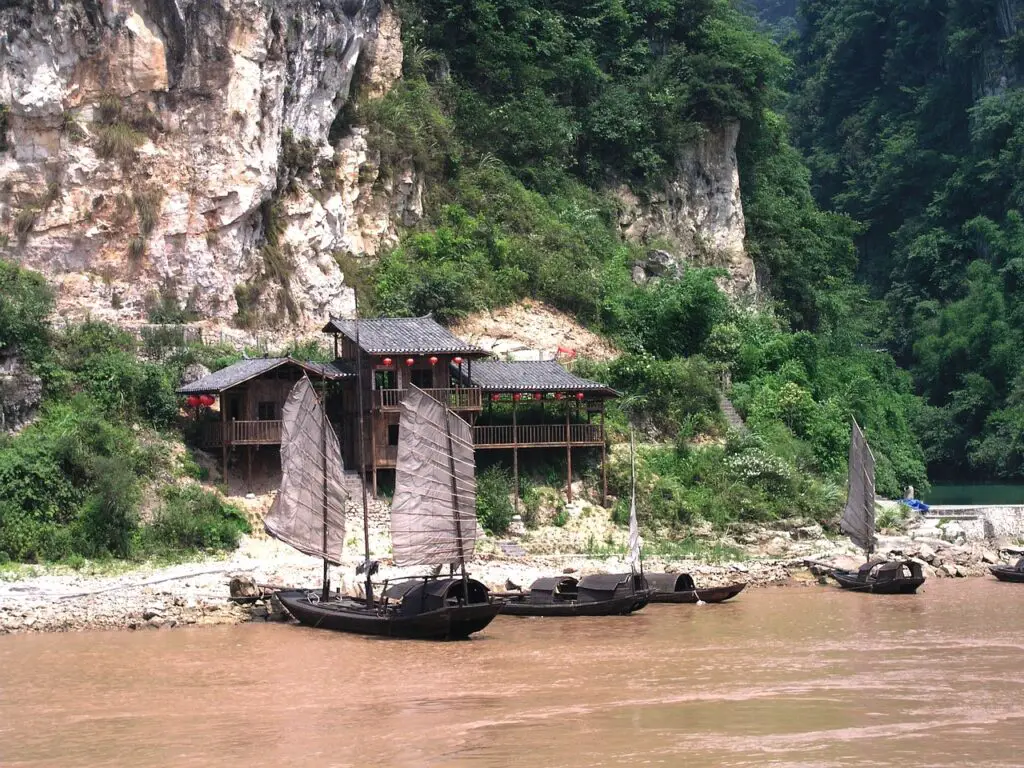I’m headed to the 3 Gorges Hydroelectric Dam, a $37 Billion project with an annual energy output of more than 100 billion kWh. I will post more photos when I get there in April 2023.

Three Gorges Dam: Engineering, Environmental, and Socio-Economic Implications
The Three Gorges Dam, located on the Yangtze River in China, is the world’s largest hydroelectric dam. This post discusses the dam’s engineering, environmental, and socio-economic implications. I’ll review the dam’s construction, design, and operational aspects, as well as its environmental impact, resettlement concerns, and economic contributions.
The Three Gorges Dam, spanning the Yangtze River in Hubei province, China, is an engineering marvel and the world’s largest hydroelectric power station. The project, which began construction in 1994 and was completed in 2012, has generated considerable interest and controversy due to its significant environmental, social, and economic implications.
Engineering Aspects
It is a gravity dam designed to withstand earthquakes, floods, and potential military attacks. The dam is 2,335 meters long, 185 meters high, and has a crest width of 15 meters with a base width of 115 meters. It consists of a concrete gravity section, a ship lock, and a spillway designed to optimize energy generation and flood control.
The dam’s hydroelectric power station has 32 central turbine-generator units with a combined installed capacity of 22,500 MW. The power station generates an average of 98.8 TWh of electricity annually, contributing significantly to China’s energy supply.
The dam has significantly changed the Yangtze River’s water quality and sedimentation patterns. The reduced water velocity in the reservoir has caused silt deposition, resulting in the need for regular dredging. These changes have also affected the river’s ecosystem and the livelihood of local communities.
The construction of the Three Gorges Dam has had a considerable impact on the surrounding ecosystem, leading to habitat loss, species extinction, and changes in biodiversity. The dam’s barrier effect has disrupted migratory patterns for aquatic species, such as the critically endangered Chinese sturgeon.
Approximately 1.3 million people were displaced due to the dam’s construction and the reservoir’s subsequent flooding. Resettlement efforts have been met with varying degrees of success, with many individuals experiencing challenges in their new communities.
The Three Gorges Dam has contributed significantly to China’s economy by providing clean, renewable energy, improving flood control, and boosting tourism. The project has generated substantial revenue and created employment opportunities in the region.
The Three Gorges Dam is a remarkable engineering feat with considerable social, economic, and environmental implications. While it has generated substantial benefits in power production, flood control, and economic development, it has also caused significant environmental impacts and social displacement. As countries worldwide continue to pursue large-scale infrastructure projects, it is crucial to consider the comprehensive and long-term effects of such developments to ensure sustainable and responsible growth.